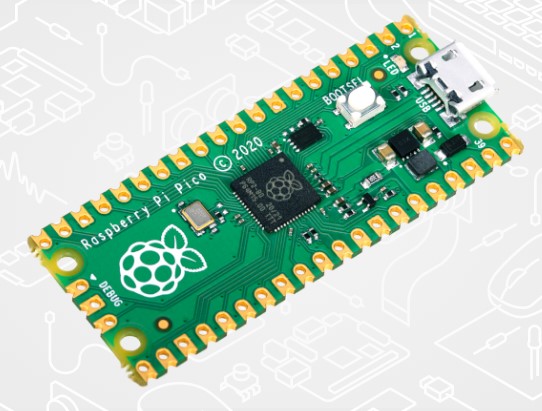
PiPico.jpg
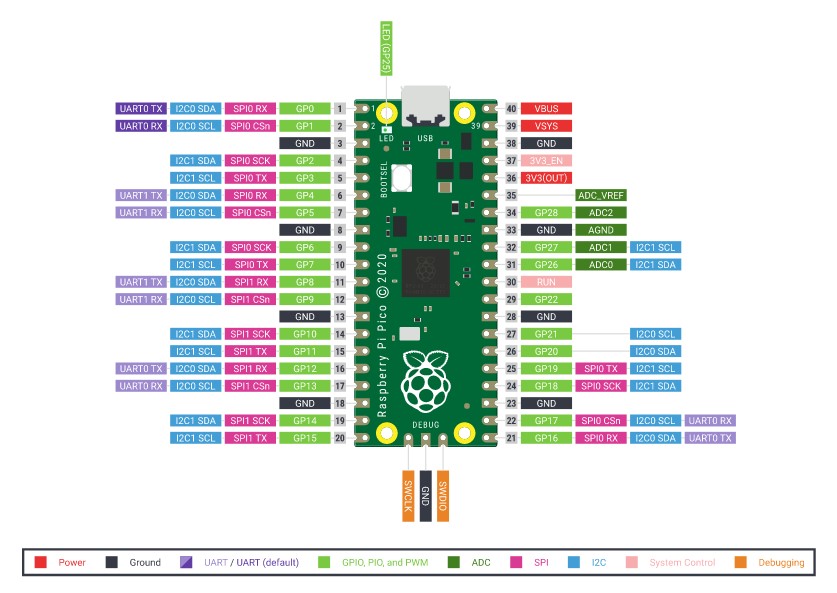
Pi Pico PinOuts
(To enlarge .....Click it)
 PiPico.jpg |
(To enlarge .....Click it)
 Pi Pico PinOuts |

(To enlarge .....Click it)
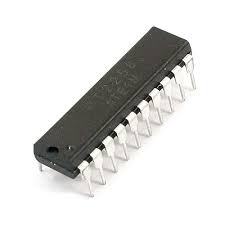 SN74AHC541N image |
(To enlarge .....Click it)
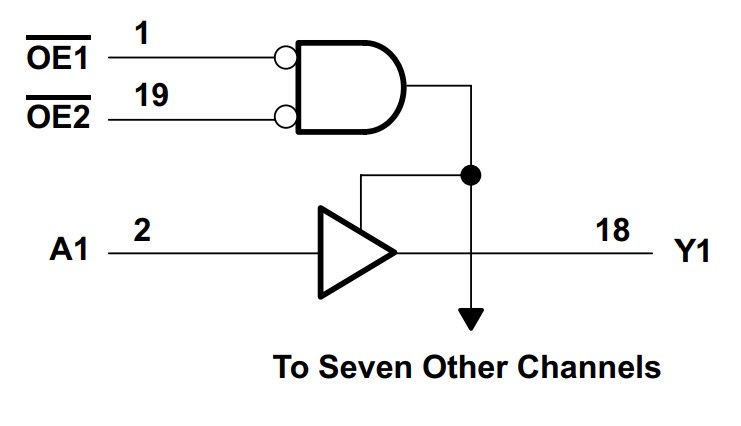 octal gates |
(To enlarge .....Click it)
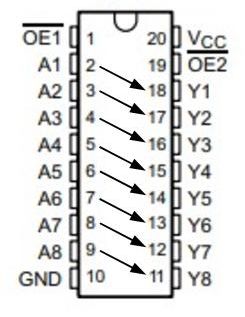 SN74AHC541N logic flow |
 by on
by on  from aslampr07 on GitHub on 2021B Feb 22
from aslampr07 on GitHub on 2021B Feb 22 RP2040 microcontroller manual by Raspberry Pi Association
RP2040 microcontroller manual by Raspberry Pi Association GitHub Pico SDK
GitHub Pico SDK  by Raspberry Pi (Trading) Ltd
by Raspberry Pi (Trading) Ltd  by Raspberry Pi (Trading) Ltd
by Raspberry Pi (Trading) Ltd  by GitHub
by GitHub  by Raspberry Pi Association
by Raspberry Pi Association  at Mouser Electronics
at Mouser Electronics  from ti (Texas Instruments)
from ti (Texas Instruments)  by D@CC c2021
by D@CC c2021  by Raspberry Pi 2021
by Raspberry Pi 2021  by Raspberry Pi 2021
by Raspberry Pi 2021 